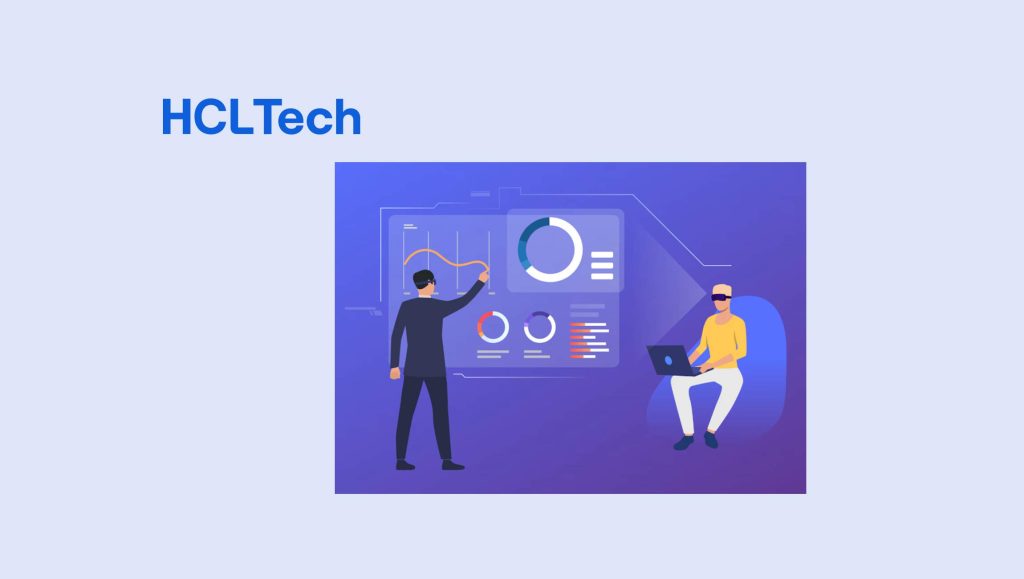Capchase “Pulse of SaaS” Report Shows Software-as-a-Service Startups Remain Resilient During Economic Uncertainty
Capchase, the leading provider of non-dilutive capital to SaaS companies, today published its Pulse of SaaS report to provide the most comprehensive view of SaaS startups’ performance following recent economic changes.The Pulse of SaaS Report found, when compared to the second half of 2021, SaaS companies were resilient despite the market downturn; however, performance differed significantly based on geography, funding stage and company size.
The report analyzed data from more than 500 Capchase portfolio companies across six key metrics: year-over-year growth, rule of 40 (R40), net margin, expenses/annual recurring revenue (ARR), runway, and customer retention. To show how recent economic factors impacted SaaS startups across the six metrics, data from August-December 2021 was compared with data from April-August 2022. The data was further segmented to compare the measures across geography (North America and Europe), funding type (bootstrapped and venture-backed), and size (more than $2.5 million ARR and less than $2.5 million ARR).
Read More: SalesTechStar Interview with Grayson Morris, Chief Executive Officer and Board Member at Performio
The top takeaways from each key segment include:
- Geography: Throughout the downturn, US companies have focused on revenue growth and have grown more efficiently than European companies. However, European companies have opted to maintain their cash runways and customer retention. US companies’ revenue growth decreased from 70% to 51%, but stayed above European companies that saw their growth drop to 43% post-downturn. However, the top quartile companies in both geographies continued to show healthy growth, even post-downturn (126% in US and 90% in Europe).
- Funding: Bootstrapped companies have more experience operating in a cash-strapped environment. As a result, these companies have shown resilience because they invested in a longer runway before the downturn and spent efficiently to maintain metrics similar to their venture capital-backed counterparts. Despite the macro economic environment, bootstrapped companies continue to perform well, in particular with strong median R40 (24%) and median net margin (-20%) post-downturn (compared to R40 of -13% and -66% for venture-backed companies). Top quartile bootstrapped companies fared even better, with R40 of 91% and net margin of -4%. Across all segments, top quartile companies by performance (R40) increased their spend on customer acquisition during this time, while reducing expenditures as a percent of ARR in other areas.
- Size: In an environment where potential customers tend to drift towards more experienced players, smaller companies have struggled to thrive. Small companies fared worse than their larger counterparts across net margin, retention, runway, and expenses/ARR, and their median YoY growth was hit hard – dropping from 72% pre downturn to 54% post downturn.
“While a large part of the narrative has focused on public tech companies dropping in valuation, data from more than 500 SaaS startups we have worked with paints a different and more detailed picture of how these companies have performed over the past several months,” said Miguel Fernandez, co-founder and CEO of Capchase. “Startups continue to benefit from the automation and use of software in various sectors, and the companies that navigate the current slowdown well have an opportunity to consolidate and capture market share from their competitors.”
Read More: How to Drive Engagement and Fuel Sales with NFTs with These Best Practices in 2023
Based on the findings in The Pulse of SaaS report, Capchase provides the following recommendations to companies looking to improve or maintain their performance during times of economic uncertainty:
- US companies should invest in customer retention while maintaining sufficient cash runway: this will help add security over the next several months while the macroeconomic environment continues to evolve.
- European companies that seem to have focused on maintaining runway should seek opportunities to invest in growth and win market share.
- Venture capital-backed startups with a low R40 (in both the US and Europe) should focus on improving efficiency and diagnosing areas of spend with inadequate returns and reallocating spend. This should be done while continuing to maintain a strong cash runway.
Earlier this year Capchase secured $400 million in debt financing and plans to deploy more than $1 billion in non-dilutive financing to SaaS companies in the next few years. Following a recent expansion to Germany, startups in 10 countries across Europe and North America can now access Capchase’s non-dilutive funding and market-leading services, including Capchase Grow, Capchase Analytics, and tailored financial insights through its Growth Advisor service.






















